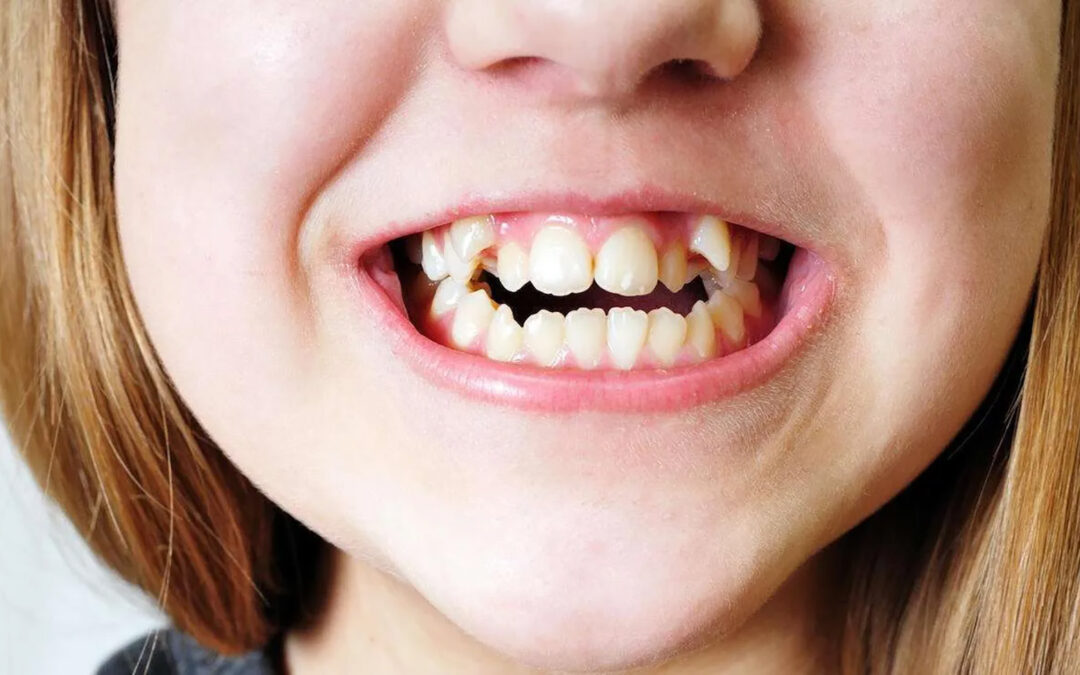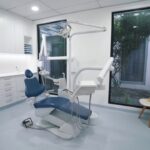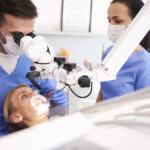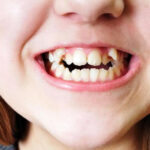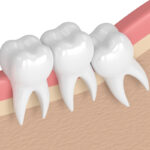Malocclusion, a condition characterized by the misalignment of teeth and jaws, is more than just a cosmetic concern. It can significantly impact oral health, speech, and overall well-being. Early identification of malocclusion in children and adolescents is crucial, as timely intervention can prevent complications and pave the way for effective treatment. With advancements in orthodontics, recognizing the early warning signs has become an essential step for parents and caregivers.
What is Malocclusion?
Malocclusion refers to the improper alignment of teeth when the jaws are closed. This condition can manifest in various forms, including crowded teeth, overbites, underbites, crossbites, and open bites. While some cases of malocclusion are mild and may not require treatment, severe cases can lead to long-term issues, such as difficulty chewing, speech impediments, and even mouth ulcers and irritation caused by uneven tooth surfaces or ill-fitting bites.
Causes of Malocclusion
The causes of malocclusion are multifactorial, ranging from genetic predispositions to environmental factors. Common contributors include:
– Genetics: Family history often plays a significant role in determining dental alignment.
– Thumb Sucking and Pacifier Use: Prolonged habits during childhood can alter jaw development.
– Tooth Loss or Overcrowding: Losing baby teeth too early or having extra teeth can disrupt natural alignment.
– Jaw Injuries: Trauma to the jaw can affect its growth and position.
Early Warning Signs of Malocclusion
Parents and caregivers should be vigilant about the following early indicators of malocclusion in children and adolescents:
1. Crowded or Overlapping Teeth
One of the most noticeable signs of malocclusion is crowding. When teeth lack adequate space to grow, they can overlap or erupt at odd angles, leading to discomfort and potential oral health issues.
2. Difficulty Chewing or Biting
If a child struggles to chew food or complains about discomfort while biting, it could indicate a misalignment of the teeth or jaws. This may cause uneven pressure distribution, leading to excessive wear on certain teeth.
3. Speech Problems
Speech development often depends on proper dental alignment. Misaligned teeth can interfere with the pronunciation of certain sounds, resulting in speech impediments that may require therapy.
4. Frequent Mouth Ulcers and Irritation
Children with malocclusion may develop mouth ulcers and irritation due to uneven contact between teeth or irritation from misaligned teeth rubbing against the inner cheeks or tongue. These symptoms can indicate an underlying alignment issue that requires attention.
5. Breathing Through the Mouth
Chronic mouth breathing, especially during sleep, may suggest that the jaws are not properly aligned. This habit can contribute to other complications, such as dry mouth and snoring.
6. Jaw Pain or Clicking Sounds
Malocclusion can sometimes lead to temporomandibular joint (TMJ) issues, characterized by jaw pain, stiffness, or clicking sounds when opening or closing the mouth.
7. Abnormal Tooth Wear
Uneven bites often cause certain teeth to wear down more quickly than others. This can weaken the enamel and increase the risk of cavities.
The Role of Orthodontics
Modern orthodontics offers a variety of solutions for correcting malocclusion. Early detection allows orthodontists to implement treatments that guide the growth of teeth and jaws, minimizing the need for invasive procedures later in life.
Common Orthodontic Treatments for Malocclusion
– Braces: Traditional metal or clear braces are highly effective in aligning teeth.
– Clear Aligners: These removable, transparent trays are ideal for mild to moderate malocclusion.
– Palatal Expanders: Used to widen the upper jaw, particularly in younger children.
– Surgical Interventions: In severe cases, jaw surgery may be necessary to correct structural misalignments.
Benefits of Early Orthodontic Intervention
Addressing malocclusion during childhood or adolescence has numerous benefits:
– Prevents further complications, such as mouth ulcers and irritation.
– Enhances oral hygiene by making teeth easier to clean.
– Improves confidence and self-esteem by aligning the smile.
– Reduces the risk of long-term dental problems, such as TMJ disorders and tooth decay.
When to Consult an Orthodontist
The American Association of Orthodontists recommends that children undergo their first orthodontic evaluation by the age of 7. Early consultations allow orthodontists to identify potential issues and create a personalized treatment plan. Even if no immediate treatment is required, monitoring growth and development ensures that any emerging problems are promptly addressed.
Promoting Awareness Among Parents and Caregivers
Raising awareness about malocclusion and its early warning signs is vital. Parents should be encouraged to:
– Observe their child’s oral habits and development.
– Schedule regular dental checkups to monitor tooth and jaw alignment.
– Seek orthodontic advice if they notice any signs of malocclusion.
Malocclusion is a common condition with significant implications for oral health and overall well-being. Early identification of its warning signs, such as crowded teeth, speech difficulties, mouth ulcers and irritation, empowers parents and caregivers to take proactive steps. Advances in orthodontics have made treatments more accessible and effective, ensuring children and adolescents can enjoy healthier, more confident smiles. By staying informed and vigilant, we can support better oral health outcomes for the next generation.

